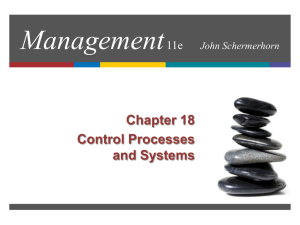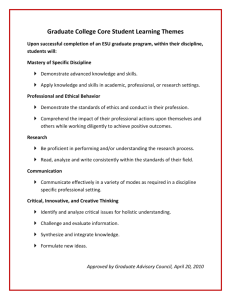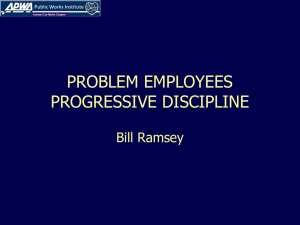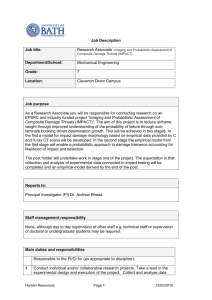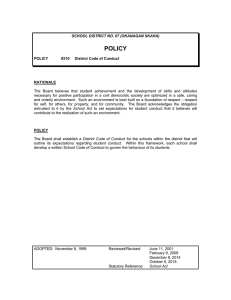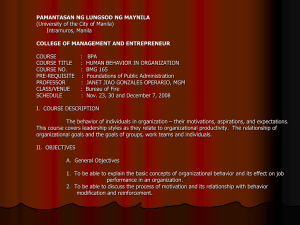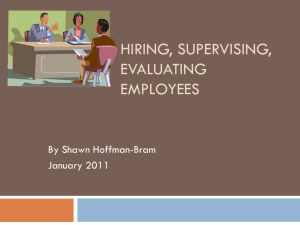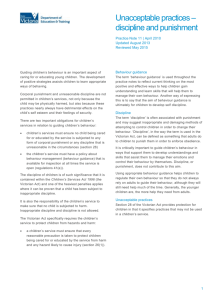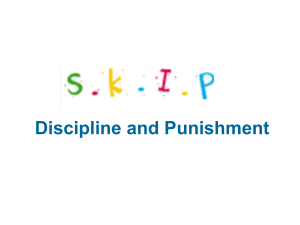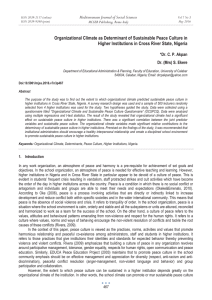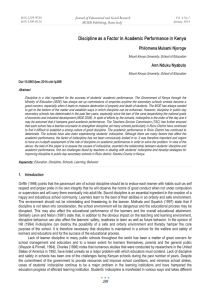Chapter 16 - MissIfe-BOH4M-SOC
advertisement
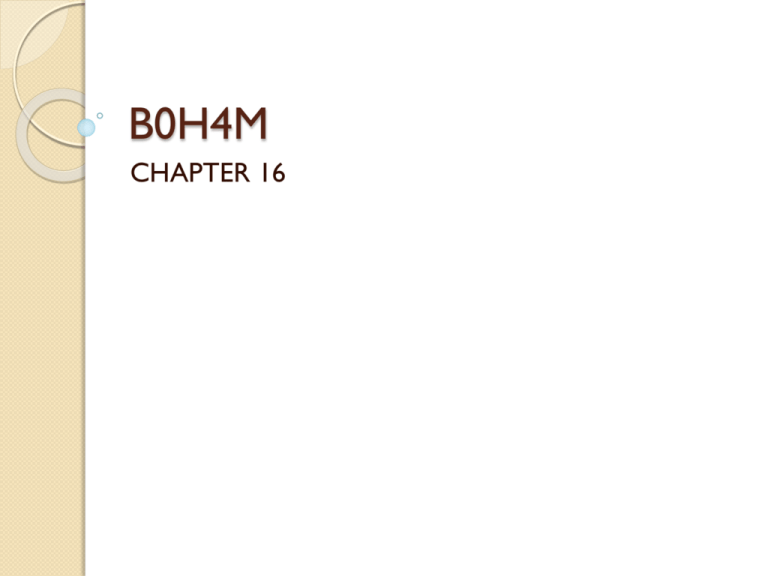
B0H4M CHAPTER 16 Controlling ◦ The process of measuring performance and taking action to ensure desired results. ◦ Has a positive and necessary role in the management process. ◦ Ensures that the right things happen, in the right way, at the right time. ◦ Organizational learning and after-action review. Feedforward controls ◦ Employed before a work activity begins. ◦ Ensures that: Objectives are clear. Proper directions are established. Right resources are available. ◦ Focuses on quality of resources. Figure 16.1 The role of controlling in the management process. Management 2e - Chapter 16 4 Concurrent controls ◦ Focus on what happens during work process. ◦ Monitor ongoing operations to make sure they are being done according to plan. ◦ Can reduce waste in unacceptable finished products or services. Management 2e - Chapter 16 5 Feedback controls ◦ Take place after work is completed. ◦ Focus on quality of end results. ◦ Provide useful information for improving future operations. Management 2e - Chapter 16 6 Figure 16.2 The role of feedforward, concurrent, and feedback controls in organizations. Management 2e - Chapter 16 7 Internal and external control ◦ Internal control Allows motivated individuals and groups to exercise self-discipline in fulfilling job expectations. ◦ External control Occurs through personal supervision and the use of formal administrative systems. Management 2e - Chapter 16 8 ◦ Bureaucratic control influences behaviour through authority, policies, procedures, job descriptions, budgets, and day-today supervision ◦ Clan control influences behaviour through norms and expectations set by the organizational culture. ◦ Market control influences behaviour through market competition. Management 2e - Chapter 16 9 Steps in the control process: ◦ Step 1 — establish objectives and standards. ◦ Step 2 — measure actual performance. ◦ Step 3 — compare results with objectives and standards. ◦ Step 4 — take corrective action as needed. Management 2e - Chapter 16 10 Figure 16.3 Four steps in the control process. Management 2e - Chapter 16 11 Step 1 — establishing objectives and standards ◦ Output standards Measure performance results in terms of quantity, quality, cost, or time. ◦ Input standards Measure effort in terms of amount of work expended in task performance. Management 2e - Chapter 16 12 Step 2 — measuring actual performance ◦ Goal is accurate measurement of actual performance results and/or performance efforts. ◦ Must identify significant differences between actual results and original plan. ◦ Effective control requires measurement. Management 2e - Chapter 16 13 Step 3 — comparing results with objectives and standards ◦ Need for action reflects the difference between desired performance and actual performance ◦ Comparison methods: Historical comparison Relative comparison Engineering comparison Management 2e - Chapter 16 14 Step 4 — taking corrective action Taking action when a discrepancy exists between desired and actual performance. ◦ Management by exception ◦ Giving attention to situations showing the greatest need for action. Types of exceptions Problem situation Opportunity situation Management 2e - Chapter 16 15 Employee discipline systems ◦ Discipline is the act of influencing behaviour through reprimand. ◦ Discipline that is applied fairly, consistently, and systematically provides useful control. Management 2e - Chapter 16 16 Employee discipline systems ◦ Progressive discipline ties reprimands to the severity and frequency of the employee’s infractions. ◦ Progressive discipline seeks to achieve compliance with the least extreme reprimand possible. Management 2e - Chapter 16 17 To be effective, reprimands should ◦ Be immediate. ◦ Be directed toward actions, not personality. ◦ Be consistently applied. ◦ Be informative. ◦ Occur in a supportive setting. ◦ Support realistic rules. Management 2e - Chapter 16 18 Project Management Overall planning, supervision, and control of projects. Projects – unique one-time events that occur within a defined time period Gantt chart – graphic display of scheduled tasks required to complete a project CPM/PERT – combination of the critical path method and program evaluation and review technique Management 2e - Chapter 16 19 Economic Value Added ◦ a performance measure of economic value created in respect to profits being higher than the cost of capital Market Value Added ◦ a performance measure of stock market value relative to the cost of capital Management 2e - Chapter 16 20 Basic Financial Ratios ◦ Liquidity The ability to generate cash to pay bills. ◦ Leverage The ability to earn more in returns than the cost of debt. ◦ Asset management The ability to use resources efficiently and operate at minimum cost. ◦ Profitability The ability to earn revenues greater than costs. Management 2e - Chapter 16 21 Balanced Scorecard Factors used to develop scorecard goals and measures: ◦ Financial performance ◦ Customer Satisfaction ◦ Internal process improvement ◦ Innovation and learning Management 2e - Chapter 16 22
